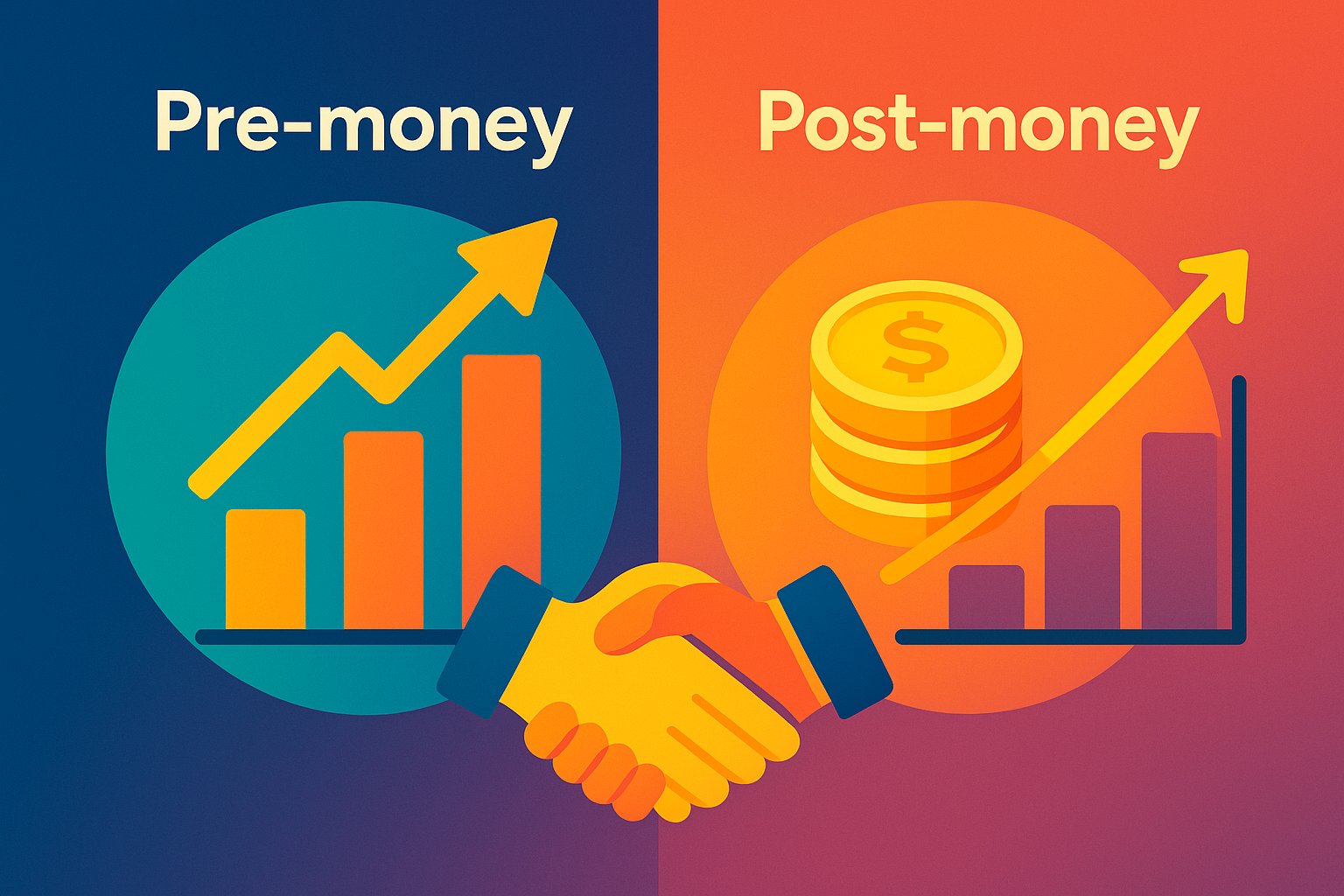Elevating Your Pitch with Market Insight
Every entrepreneur knows that passion and vision alone cannot seal the deal with investors. In a room brimming with startups, it is the rigor of your market analysis that often distinguishes a compelling pitch from an also-ran. Central to this analytical backbone is your understanding of market size—particularly your Total Addressable Market (TAM). Investors expect to see not just that your solution solves a real problem, but that the problem is sufficiently large to justify the risks and resources required to capture it. A well-articulated market size narrative demonstrates both your ambition and your analytical discipline: it signals that you’ve done your homework, measured the opportunity carefully, and are prepared to scale methodically.
Yet many founders struggle with TAM. Overly optimistic projections can undermine credibility; overly conservative estimates can leave investors questioning growth potential. The key lies in crafting a TAM story that is realistic, data-driven, and woven seamlessly into your broader pitch narrative. By combining top-down and bottom-up analyses, validating assumptions with industry reports and customer feedback, and presenting your findings in a visually engaging format, you can anchor your pitch in solid market realities. This article will guide you through each step of using market size and TAM effectively—helping you move from abstract concepts to concrete figures that resonate with seasoned investors and set your venture on a path to traction and scaling.
Understanding Market Size and TAM
Market size generally refers to the total revenue or unit volume generated by all companies operating in a specific industry or addressing a particular customer need. Within that broad concept, TAM represents the ceiling of that opportunity—the aggregate demand for your product or service if you achieved 100 percent market share. Distinct from Serviceable Addressable Market (SAM), which narrows down segments you can realistically target given your business model, and Serviceable Obtainable Market (SOM), which refines that further based on your near-term capacity, TAM is the starting point: it defines the theoretical maximum that validates why you are even in this race.
Accurately estimating TAM requires a blend of industry research, public data, and logical extrapolation. Top-down approaches might begin with a macro perspective—total industry revenues reported by market research firms—then apply a percentage that aligns with your niche segment. Bottom-up methods, by contrast, derive TAM from granular data points like average revenue per user, number of potential users, and expected penetration rates, building up to a total figure. Both approaches have strengths and trade-offs, and savvy founders often present both to triangulate a credible range rather than a single number.
The Importance of a Convincing TAM in Pitches
A compelling TAM does more than justify your fundraising ask—it tells a story of ambition and scalability. When investors assess early-stage ventures, they are investing in a team’s ability to win big markets. A robust TAM signals that the venture’s growth potential can deliver outsized returns, making the risk worthwhile. Conversely, an inadequate or poorly substantiated TAM can raise red flags: is the problem niche? Are there hidden barriers to adoption? Have you underestimated competition or regulatory constraints?
Furthermore, TAM frames your growth milestones and financial projections. By anchoring your three- to five-year revenue targets within the context of an expansive TAM, you demonstrate coherence between your vision and your assumptions. It also provides a basis for benchmarking your performance against industry norms: investors can gauge your traction relative to the broader market and evaluate whether your growth rates are on track to capture a meaningful TAM slice.
Methods for Calculating TAM
When calculating TAM, founders typically employ one or both of the following methods:
-
Top-Down Analysis: Begin with an industry-wide revenue figure sourced from reputable analysts or government data. Apply a percentage estimate—based on your target segment—to arrive at the TAM for your specific offering.
-
Bottom-Up Analysis: Estimate the number of potential customers (e.g., businesses or consumers), multiply by the average annual revenue per customer (ARPC), and adjust for expected market penetration over a defined timeframe.
Combining both approaches and presenting a convergence of results lends credibility, showing that your market estimates are not guesswork but grounded in multiple data sources.
Avoiding Common TAM Mistakes
Errors in market sizing can undermine even the most polished pitch. Founders often fall into several traps:
-
Overly narrow definitions that yield a TAM too small to interest investors.
-
Overly broad estimates that ignore realistic customer segments or purchasing behaviors.
-
Reliance on outdated or non-credible data sources.
-
Failure to account for regulatory, geographic, or technological barriers.
To avoid these pitfalls, cross-validate your figures with at least two independent data sources—industry reports, government statistics, or customer surveys—and clearly document your assumptions. Transparency about your data origins and estimation logic turns potential criticism into an invitation for deeper dialogue.
Integrating Market Size into Your Narrative
Market size should not appear as a standalone slide buried in the middle of your deck. Instead, weave TAM into your story from the outset. In your opening problem statement, hint at the scale of the pain point: millions of users, billions of dollars wasted, trillions in potential efficiency gains. Follow up with a TAM slide that substantiates this narrative with data, then return to market potential later when discussing your go-to-market strategy and revenue projections. By consistently referencing TAM throughout your pitch, you reinforce its relevance and ensure investors retain this critical context.
Visualizing Market Size
Visual representation can elevate your market size narrative. Simple bar charts comparing TAM, SAM, and SOM offer clarity, while maps showing geographic expansion opportunities resonate with global investors. Funnel diagrams illustrating how you intend to convert your SOM into realistic market share over time convey a disciplined growth path. Avoid clutter: choose a few well-designed slides that balance numbers with compelling captions. The clarity and professionalism of your visuals reflect the rigor of your analysis.
Using TAM to Tailor Milestones
Your traction milestones and financial forecasts should align with TAM-based growth assumptions. If your TAM is $10 billion, projecting $100 million in revenue by year three suggests capturing 1 percent of the market—an ambitious yet attainable goal for many startups. Show investors how specific product launches, partnership deals, or geographic expansions will move you along that trajectory. This alignment between TAM, milestones, and fundraising asks builds confidence that you have a road map for market penetration and value creation.
Contextualizing Your TAM with Competitive Analysis
TAM alone does not capture the competitive dynamics that will shape your market entry. Complement your market size slide with a succinct competitor map that illustrates existing players, adjacent solutions, and white-space opportunities. Highlight unique differentiators—proprietary technology, distribution partnerships, network effects—that position your startup to capture a meaningful slice of your TAM. By pairing TAM with competitive context, you demonstrate both opportunity and strategy.
Validating Your Market Assumptions
Investors appreciate when founders validate TAM estimates through direct customer engagement. Early adopter surveys, pilot programs, and letters of intent provide qualitative and quantitative support for your assumptions. Include brief case studies or testimonials that illustrate willingness to pay and adoption interest. These validations lend weight to your TAM calculations, moving them from theoretical projections to grounded market realities.
Communicating Confidence and Humility
Presenting TAM effectively requires a balance of confidence and humility. Assert your market opportunity boldly, but acknowledge uncertainties and outline how you will de-risk key assumptions. Whether regulatory shifts, technological evolutions, or macroeconomic trends, highlighting potential risks and your mitigation strategies builds credibility. Investors trust founders who show they understand the market’s complexity, not just its upside.
After your formal presentation, investors will probe your market assumptions. Anticipate questions such as “How did you derive your penetration rate?” or “What evidence supports your ARPC figure?” Prepare concise, data-driven responses and be ready to cite sources. If pressed on competitive threats or negligible sub-segments, reference your competitive analysis and validation studies. Effective handling of these inquiries reinforces your expertise and analytical rigor.
Turning Market Sizing into a Pitch Advantage
Mastering market size and TAM is not a one-time exercise; it’s a foundational discipline that elevates every element of your pitch. By combining rigorous top-down and bottom-up analyses, validating assumptions through customer insights, integrating TAM seamlessly into your narrative, and aligning growth milestones with market opportunity, you transform abstract numbers into a strategic roadmap. Investors not only see the scale of the prize but also gain confidence in your ability to capture it. As you refine your pitch, remember that a well-substantiated TAM conveys vision backed by evidence—an irresistible combination for founders seeking to turn market potential into market leadership.




